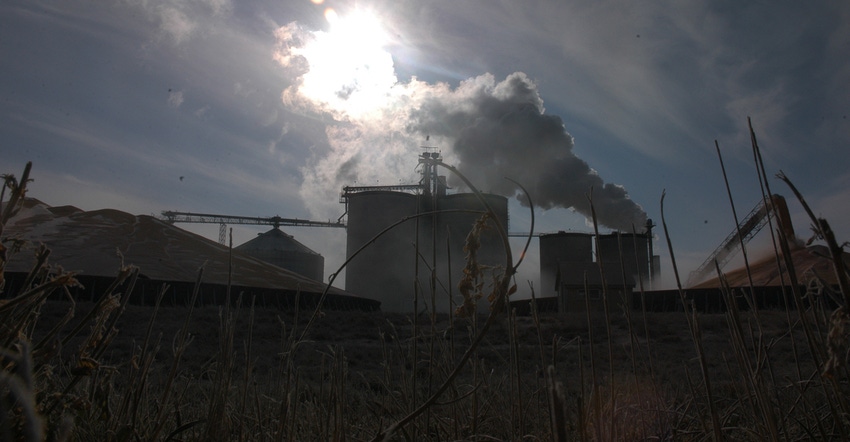March 15, 2019

The Poet corn ethanol plant at Chancellor, S.D., may be one of greenest in the industry. It gets about 40% of its total energy needs from renewable energy sources.
About 30% comes waste wood — fallen, diseased and insect-damaged trees, old pallets, dismantled barns, and manufacturing waste.
Another 10% is generated by methane piped 11 miles from the landfill in Sioux Falls, S.D. Poet has used so much methane from the landfill over the past 10 years that it offsets the equivalent of one year’s greenhouse gas production from 23,000 homes.
In addition, a steam turbine at the plant generates about 30% of the facility’s electricity. The turbine’s exhaust is used as process heat in the plant.
Over the last decade, the Poet plant “has evolved into one of the greatest renewable energy stories on the planet,” according to a statement from Jeff Broin, Poet’s CEO.
Poet recently renewed its contract to use methane gas from the Sioux Falls landfill.
Paul TenHaken, the mayor of Sioux Falls, said the 10-year deal is a win-win.
“The city is able to provide a renewable fuel to Poet ... to make a renewable fuel. Landfill gas sales to Poet also keeps landfill fees low. All around, a win-win for sustainable energy and landfill customers in the five-county service area” he said.
Source: Poet, which is solely responsible for the information provided and is wholly owned by the source. Informa Business Media and all its subsidiaries are not responsible for any of the content contained in this information asset.
You May Also Like




